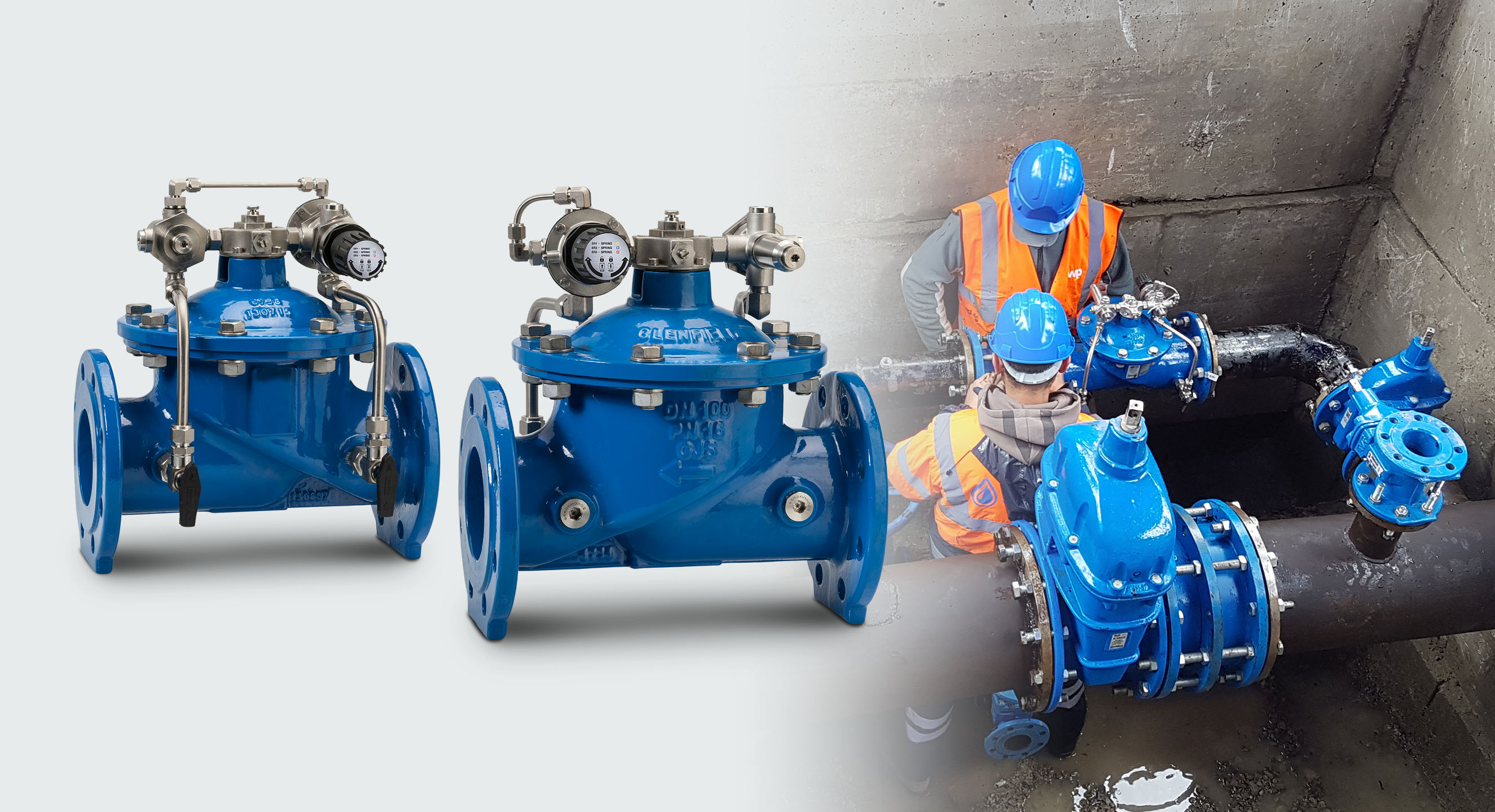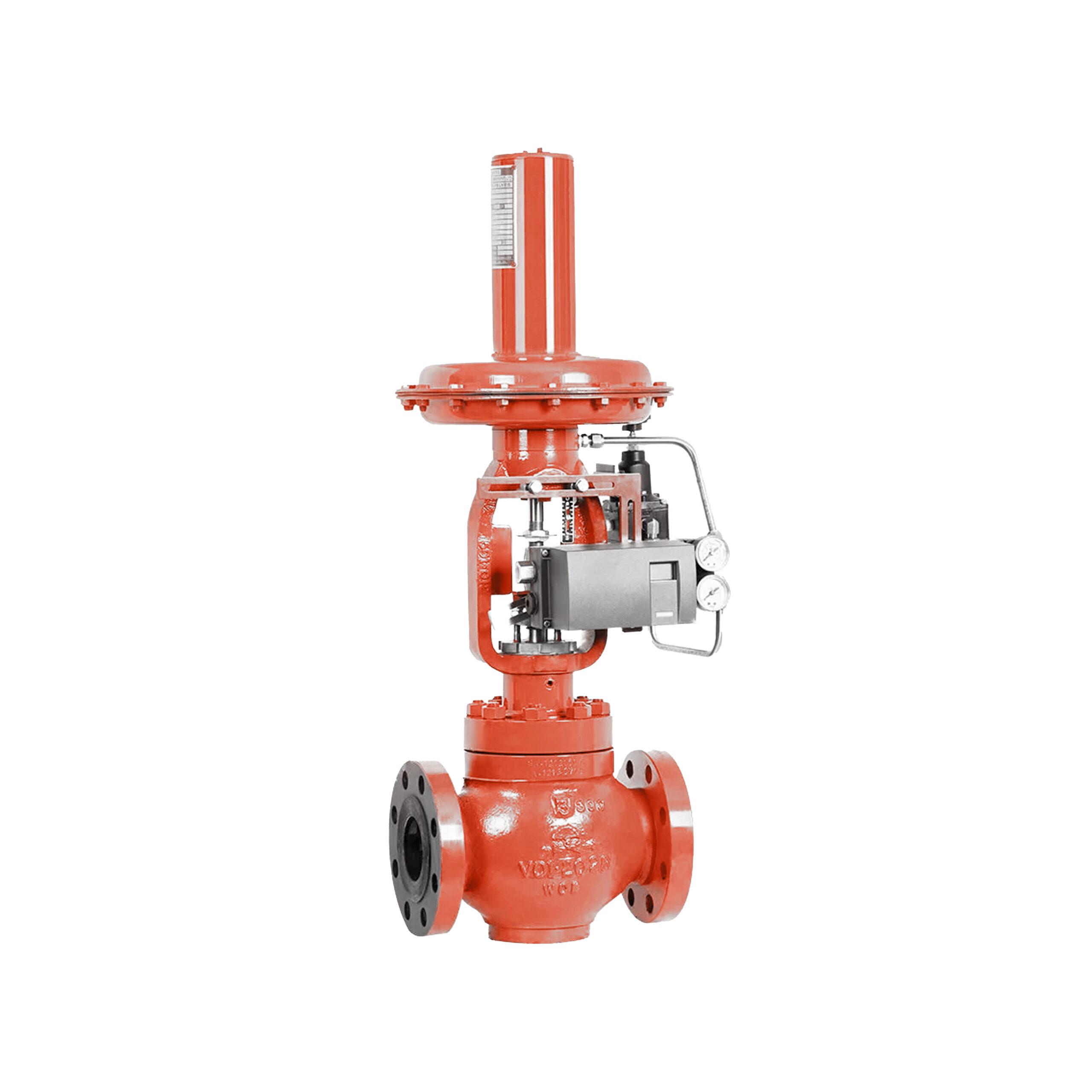Comprehending the Importance of Control Valves in Process Automation
Comprehending the Importance of Control Valves in Process Automation
Blog Article
Achieve Seamless Assimilation and Control With Quality Building Automation Controls
In the realm of modern-day structure management, the value of high quality structure automation controls can not be overemphasized. As technology remains to development, the combination and control of different systems within a building have actually evolved to be a lot more advanced and effective. The seamless operation and tracking of lights, COOLING AND HEATING, protection, and various other building features have become vital for improving occupant comfort, energy effectiveness, and total functional performance. The journey in the direction of attaining true assimilation and control is a diverse one, with factors to consider varying from system compatibility to cybersecurity. Embracing top quality building automation controls is not simply an issue of comfort but a calculated imperative for organizations aiming to maximize their facilities' efficiency and sustainability.

Evolution of Structure Automation Controls
Throughout the past couple of decades, the evolution of building automation controls has actually significantly transformed the means structures are handled and run. Initially, constructing automation systems mainly concentrated on basic features such as controlling heating, air, and ventilation conditioning (COOLING AND HEATING) systems. As modern technology advanced, these controls have actually come to be extra innovative, permitting for a broader array of building systems to be incorporated and handled centrally.
The development of developing automation controls has actually seen a change in the direction of even more intelligent systems that can adjust to transforming conditions in real-time. This versatility is vital for enhancing energy performance and guaranteeing passenger convenience. In addition, modern building automation controls currently provide features such as anticipating upkeep, remote monitoring, and information analytics, enabling center supervisors to make data-driven choices to improve building performance.

Advantages of Top Quality Assimilation
The advancement in building automation controls in the direction of even more smart systems has emphasized the significant advantages of quality combination in optimizing building procedures and boosting general effectiveness. Quality integration of building automation controls provides several key advantages. It leads to enhanced energy efficiency by allowing various systems to function with each other perfectly, making sure optimal performance and decreasing energy waste. Second of all, quality combination enhances passenger comfort and productivity by allowing customized control over environmental setups like lighting, temperature level, and air quality. This customization can bring about a more comfy and conducive working or living setting. Additionally, high quality assimilation simplifies maintenance and troubleshooting procedures, as all systems are interconnected and can be kept track of and regulated from a central interface. This centralized control likewise supplies better exposure and insights right into structure performance, allowing proactive upkeep and optimization strategies. In general, the advantages of high quality combination in building automation controls are indisputable, offering increased efficiency, comfort, and functional efficiency.
Enhanced User Experience and Accessibility
Enhancing user interaction with structure automation manages with instinctive style and improved accessibility raises the total experience for occupants and center supervisors alike. By focusing on individual experience, constructing automation systems can come to be more efficient and easy you can find out more to use. User-friendly user interfaces, great site clear navigating, and personalized settings encourage customers to interact with the controls conveniently and effectively.
Access functions play an important function in making sure that all individuals, consisting of those with handicaps, can utilize the structure automation manages easily. Incorporating functions such as voice commands, responsive buttons, and color-contrasted displays can enhance availability and make the controls much more inclusive.
Additionally, improved user experience results in greater individual satisfaction, raised performance, and much better decision-making. Occupants can readjust ecological settings according to their choices, while center supervisors can successfully manage and keep track of building systems - control valves. Generally, focusing on individual experience and ease of access in building automation manages contributes to a more seamless and productive building environment for all stakeholders involved
Sustainable Practices With Automation

Moreover, automation can promote the assimilation of renewable power resources such as solar panels or wind turbines into building procedures. With automation, structures can straighten with contemporary sustainability objectives and add to a greener future.
Future Trends in Building Control Equipment
In anticipation of progressing and advancing modern technologies sustainability methods, the trajectory of structure control systems is poised to embrace transformative strategies and cutting-edge remedies. One prominent trend shaping the future of building control systems is the increased integration of Artificial Knowledge (AI) and artificial intelligence. These modern technologies allow structures to adapt in real-time to changing conditions, enhancing energy intake and boosting comfort for residents. In addition, the Net of Points (IoT) is changing building control systems about his by connecting sensing units and gadgets to enhance and streamline procedures performance.
One more key fad is the focus on cybersecurity steps to safeguard versus potential hazards to developing automation systems. As structures end up being much more interconnected, guaranteeing robust cybersecurity procedures will be necessary to secure delicate information and stop unauthorized access.
Furthermore, the change towards cloud-based systems is getting energy, permitting for streamlined control and remote accessibility to structure systems. This assists in much easier monitoring, upkeep, and updates, improving the overall performance and flexibility of structure control systems. As technology remains to development, these patterns are expected to shape the future landscape of building automation controls, driving development and sustainability in the constructed environment.
Verdict
Future patterns in building control systems are likely to concentrate on more enhancing automation capacities for improved power effectiveness and total efficiency. It is necessary for building owners and operators to focus on the fostering of quality structure automation controls to maximize building operations and achieve long-lasting sustainability goals.
In the world of contemporary building management, the value of top quality building automation controls can not be overstated. Overall, the advancement of structure automation controls continues to drive advancement in the structure management industry, using brand-new possibilities for developing smarter and extra lasting buildings.
The advancement in structure automation manages in the direction of more intelligent systems has actually underscored the substantial benefits of high quality integration in maximizing structure operations and boosting general efficiency. In general, focusing on user experience and accessibility in structure automation controls contributes to a much more effective and smooth structure setting for all stakeholders entailed.
It is crucial for structure proprietors and drivers to prioritize the adoption of quality structure automation controls to maximize structure procedures and accomplish long-term sustainability objectives. - control valves
Report this page